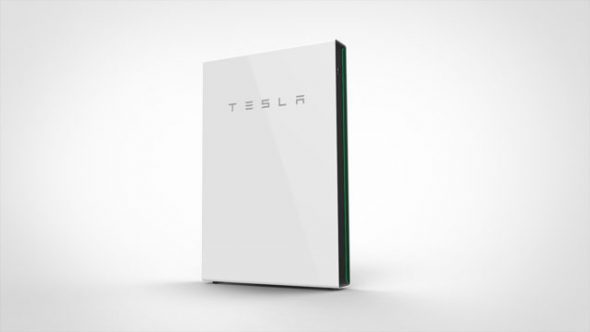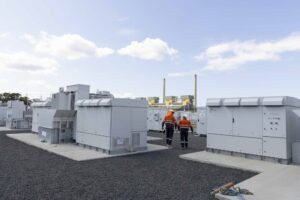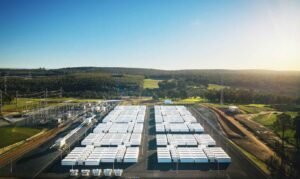According to Ronald Brakels, a longtime CleanTechnica reader and blogger in Adelaide, Australia, the DC version of the Tesla Powerwall 2 will not be offered Down Under. Only the AC version with a built-in inverter will be available and even that will not be offered until sometime later this year, possibly in June.
Originally, Tesla’s plan for Australia was to offer an AC Powerwall and a DC Powerwall. Both variants would cost $8,000 and be identical in size, the only difference being that the AC Powerwall would included a built-in inverter, offering customers the greatest flexibility for retrofits, standalone, back-up, or new solar without the need for an external, compatible inverter.
The DC Powerwall was intended for customers who already had an existing compatible inverter and therefore didn’t need an one integrated in their battery pack.
But it seems the company has since decided that the AC Powerwall offers customers the greatest value, flexibility, and ease of installation, regardless of whether or not they already have solar, or what they intend to use the battery for.
Thus, only the AC version of the Powerwall 2 will be offered in Australia, Asia, and Europe. While both the AC and the DC versions will be offered in the North American market — although, that information does not appear to be written in stone.
What’s the big deal? Solar panels generate direct current. The electrical grid runs on alternating current for reasons that date back to the days when Thomas Edison and George Westinghouse were still inventing how electricity would be harnessed to power the world.
Edison was a proponent of DC because at the time there were no AC electric motors. Edison envisioned zero-emissions subways running deep underground, which meant DC motors were the only choice. But DC requires thicker, heavier cables to move electricity over long distances. Under Edison’s plan, generating plants needed to be in the middle of the cities they served.
Westinghouse favored AC because it could be sent over longer distances using thinner wires. Ultimately, Edison won the subway battle but Westinghouse won the distribution war and AC became the standard for electrical grids everywhere.
Now more than a century later, the echoes of those early battles between the two pioneers are still reverberating. Solar systems make DC. Homes run on AC. Inverters are what convert one to the other and back again. Unfortunately, no inverter is 100% efficient, so a tiny bit of electricity is lost every time the conversion is made.
That’s what has modern-day DC fans upset. If DC is coming down from the rooftop solar system and is being converted first to AC for use in the home, and then back to DC to be stored in a battery, and then back to AC later when the stored electricity is used to power the house after the sun goes down, that adds up to a lot of conversions and a lot of tiny losses that soon add up to some pretty significant losses.
The beauty of having both versions of the Powerwall 2 available was that electrical engineers were free to design different systems with different performance characteristics depending on the needs of the individual customer. Now that flexibility will not be available (in Australia, Asia, and Europe), at least not using Tesla equipment.
Why the DC version will still be available in the North American market was not made clear. Nor were we able to confirm the June release date. We will keep you updated as new information comes available.
Source: CleanTechnica. Reproduced with permission.









